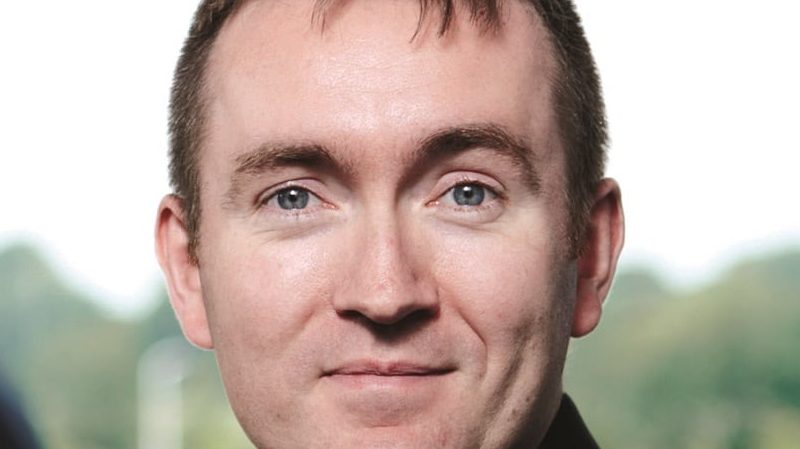Liontrust global bond manager Phil Milburn has said the emergence of a Covid vaccine is unlikely to result in a V-shaped recovery as he braces for a higher inflationary environment.
The Liontrust Strategic Bond co-manager (pictured) said with a handful of vaccines entering stage three trials it is looking increasingly likely an effective drug will be found by December.
“Obviously, you can’t expect a high success rate in any stage three vaccine trials. But even if it’s one in four succeeds, there should be a vaccine about the end of the year,” Milburn told Portfolio Adviser.
“Now a vaccine won’t be 100% effective, but it should be effective enough to create that herd immunity, so that by the middle of next year things are slowly getting back or more rapidly getting back to some form of normality.”
However, he doesn’t think this means a V-shaped recovery is on the cards due to the fact Covid has dramatically altered working practices and caused massive disruption across sectors like retail, airline and hospitality.
“To paraphrase Jay Powell, the chairman of the Federal Reserve, there will be a lot of economic scars from the crisis. And in this case, scars being businesses going bust and higher unemployment.”
Investors are becoming too non-discerning in hunt for yield
The £341.3m Strategic Bond fund is up 3.2% year-to-date compared with the average IA Sterling Strategic Bond average fund’s returns of 2.8%, putting it squarely in the second quartile.
With central banks looking set to keep rates lower for longer for the duration of the Covid crisis, investors are “starting to get a little bit too non-discerning and just wanting to chase and buy yield again,” Milburn said.
“A lot of companies have managed the liquidity crisis but will still have a lot more debt on their balance sheet and have a lot more pain to come, adjusting to those new business models.”
Navigating through the crisis Milburn said the team has been focusing on adding low-alpha risk and buying bonds from “quality companies” not necessarily quality ratings.
He prefers high yield to investment grade “where the market is still pricing in sensibly a reasonable level of default risk”. The fund currently has a 25% weighting in high yield, down from a peak of 32.5%, while investment grade exposure sits at 55% after peaking at 65%.
Milburn’s favourite metric for assessing the high yield market is the ICE Bank of America Merrill Lynch Global High Yield, that excludes energy and CCC-rated companies, where spreads are currently sitting at around 400bp. Anything above that mark represents good value.
Even during a volatile time for corporates Milburn said he would rather buy a longer-dated high yield bond from a quality company than a similarly priced shorter-dated bond from a mediocre company. Over the last year, drawdowns from 1-5 high yield bonds have been in line with the broader market, he notes.
Fed meeting to bring more ‘bond negative’ news for investors
That said duration in the fund is being kept on the low end at 2.5 years. Milburn has been adding to his Treasury Inflation Protection Securities (TIPS) position, now at 7%, in anticipation of more “bond negative” news from the Federal Reserve’s upcoming meeting in September.
Milburn thinks there’s a distinct possibility Powell might deliberately try to “run the economy hot” or overshoot its 2% inflation target for a while to make up for lost output.
This “laissez faire attitude toward inflation” has already been felt in the gold market with prices surging to a record $2,000 an ounce this month.
“As much as the crisis is clearly disinflationary, the policy reaction to the crisis is inflationary so unsurprisingly, we still don’t think it’s a great environment for bonds,” Milburn said. “We’d still far rather have a bit of extra spread buying corporate bonds, building inflation protection and still avoid government bonds, where possible.”










